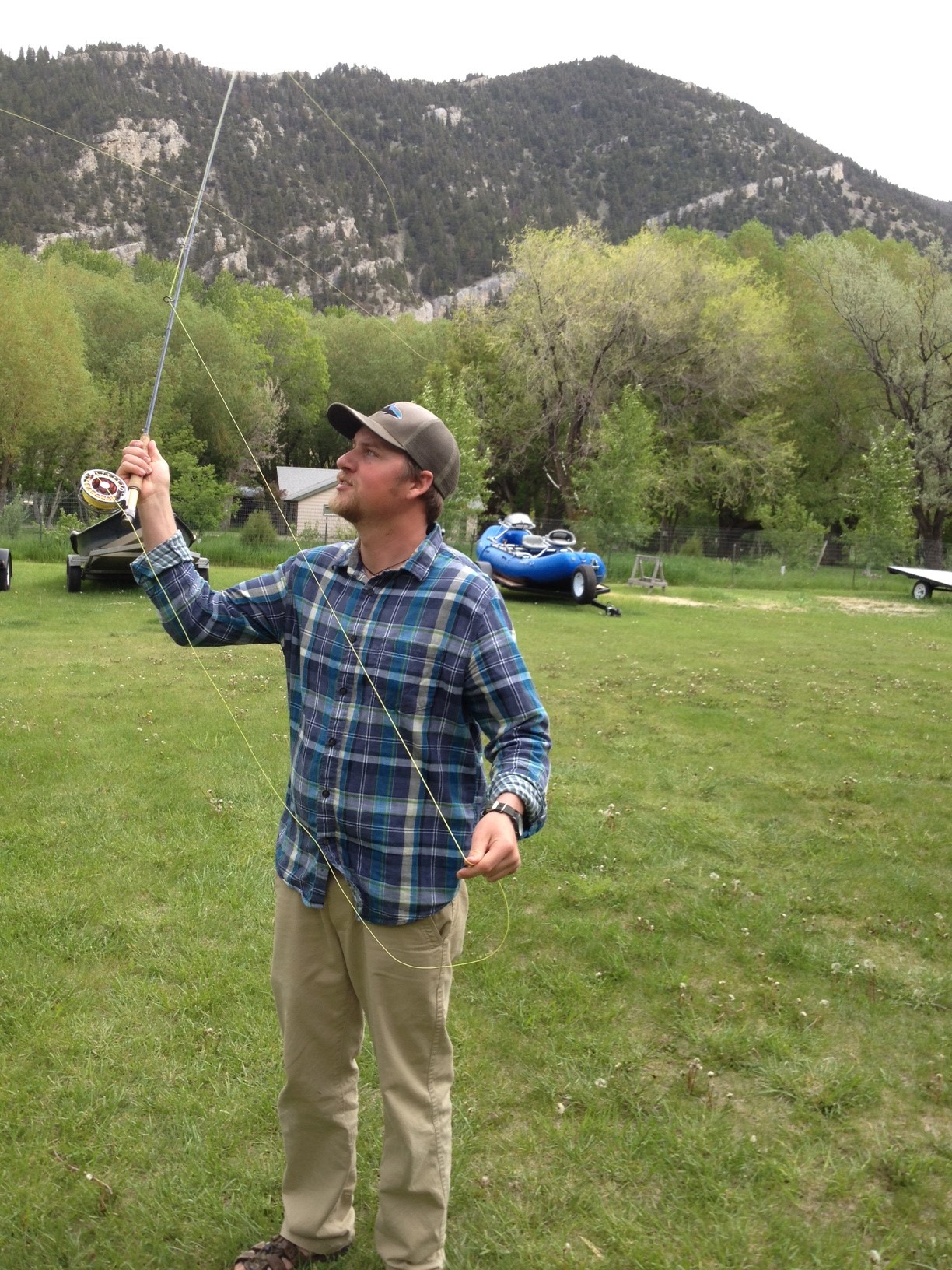
Let’s say you’re thinking of buying a very nice gift for a beginner or intermediate fly fisher, a new rod. Kudos to you! But it can seem a rather daunting task, particularly if you’re not an expert angler yourself. Maybe you’ve read some rod reviews. Confusing terms abound – line weight, rod action, graphite modulus, loop size…. And the price range, from (relatively) cheap to the sky’s-the-limit. What to do? Today, we’ll talk about some general considerations and tomorrow we’ll make some specific recommendations.
The first thing to consider is that in trout fishing, the rod does the majority of the work – casting, line management, playing the fish. The reel is to a certain extent a nice-looking line storage device. If you’re going to cut your costs anywhere, do so on the reel, not the rod. Yes, the $50 price tag on that Cabela’s rod is appealing, but you don’t want to set the recipient up for a thoroughly frustrating experience. You want to give a rod that is going to be enjoyable to cast, over and over. That the recipient will grow into, not quickly grow out of.
If the rod you’re purchasing is going to be the recipient’s primary or only rod for trout fishing, get a (9’0″) 5-weight rod. That’s the most versatile weight and length and will work well in virtually any situation, from smaller streams to big rivers. And get a 4-piece rod (most are, these days). They break down into a good length for carrying and travel and you don’t give up much, if anything, in terms of performance, relative to a rod with fewer pieces. There, that was easy!
What about rod action? To simplify a fair bit, action refers to the stiffness of the rod. A fast rod is the stiffest and bends the least during the cast. A slow rod, on the other hand, bends deeply during the cast. A faster rod tends to result in tighter casting loops (generally a good thing), longer casts, and better casts in the wind. On the other hand, a relative beginner will probably do better with a medium-fast rod. A little slower rod allows the caster to better feel the rod “load” (bend) during the cast, which helps the caster develop the timing which is so important in learning to cast well. Slow rods are a bit of a specialty item. In the hands of an experienced caster, they help the angler present the fly very gently, which is usually a good thing. If you’re buying a rod for someone who regularly fishes the Paradise Valley spring creeks, and who already has a faster rod, then a slow-action rod such as Sage’s Circa would be a big hit.
All that said, there’s still a pretty wide range of rods to consider. First off, for a beginner or intermediate angler, you don’t need to go with the very top end of the price range, unless you’ve got money to burn. A top-end fly rod is a bit like an expensive bottle of wine; it takes a true aficionado to appreciate its nuances. Just don’t settle for that bottle of plonk, either, to stretch the metaphor. That still leaves you with a couple of different price points to consider.
What do you get for more money? To start, you’re more likely to get a rod made here in the U.S.. Most low- to mid-priced rods are produced overseas. Most mid-high to high-priced rods are produced in Montana (Winston), Colorado (Scott), Washington (Sage), or elsewhere here at home. If that’s important to you, you’re going to pay a little more. In addition, you’ll pay more for less weight. In general, the more you spend, the lighter the rod. The differences are in fractions of ounces, which doesn’t seem like much, but which adds up over hundreds of casts. Arm fatigue is a real concern. Finally, there’s the look of the rod. You pay for more expensive finishes – fancy wood reel seats, better grade cork in the handle, and other primarily aesthetic touches.
One thing that you won’t pay a lot for is an unconditional warranty against rod breakage. Rods break. They get stepped on, caught in car doors, break while fighting fish, you name it. As long as you are willing to spend approximately $150 or more for the rod, and you’ll get a (relatively) free pass. The rod company doesn’t care how you broke your rod. Just send in the broken rod and pay a $35 to $50 “shipping and handling” fee, and they’ll repair it (or replace it, if necessary). We at fly shops have a love-hate relationship with the unconditional warranty, but for the consumer they’re a plus, and another reason to avoid bargain shopping. All of the rods that we’ll recommend tomorrow come with such a warranty.
Stay tuned….
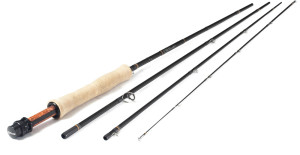
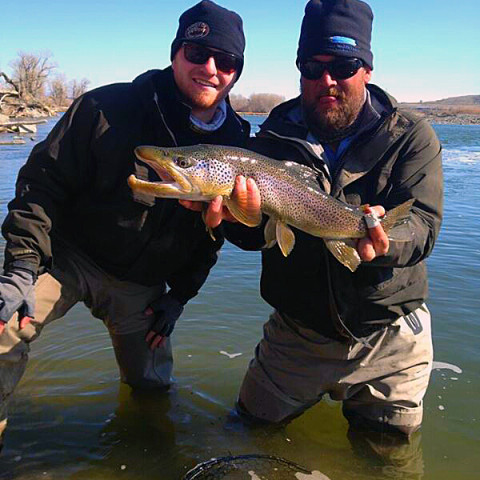
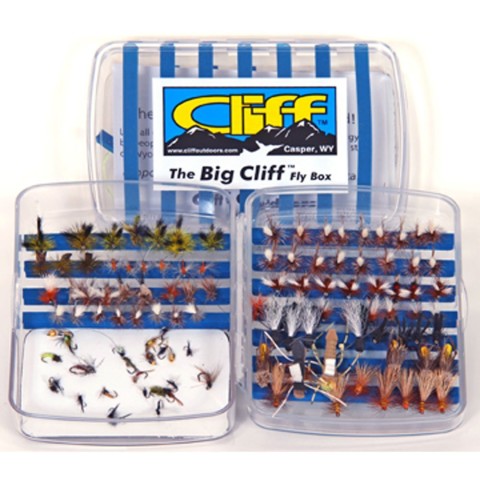
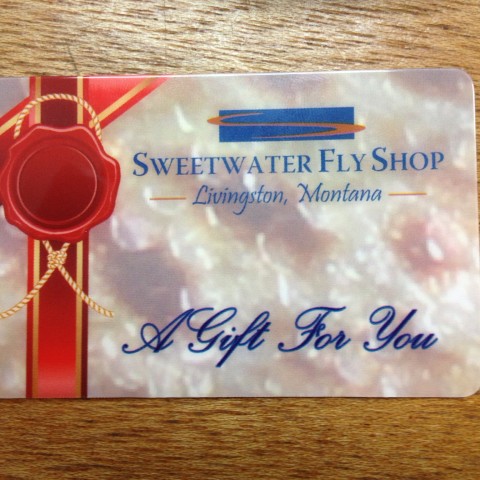

Leave a Reply
You must be logged in to post a comment.